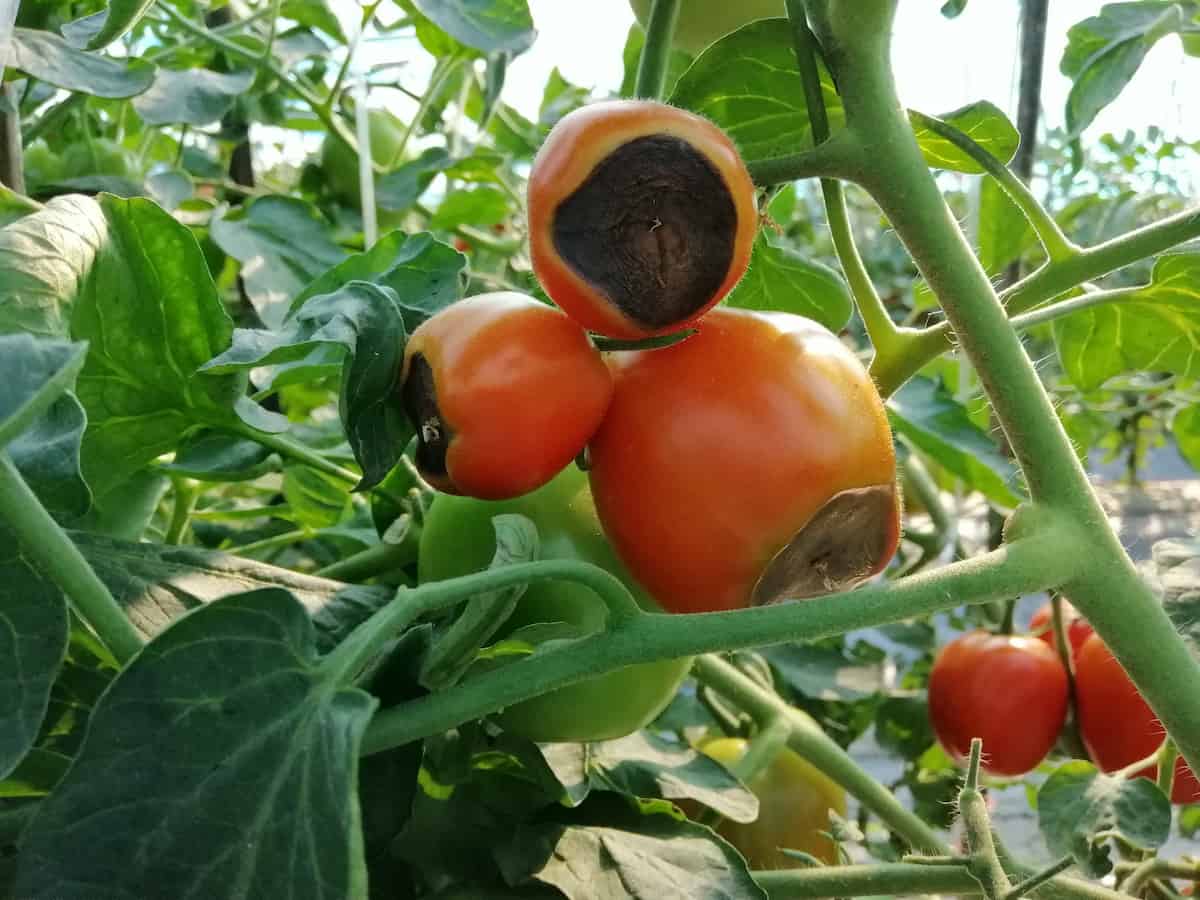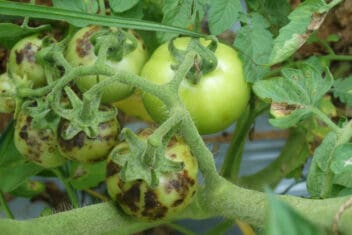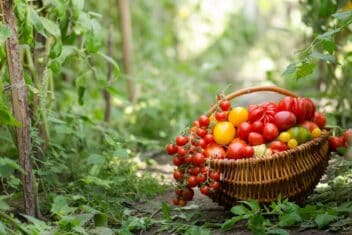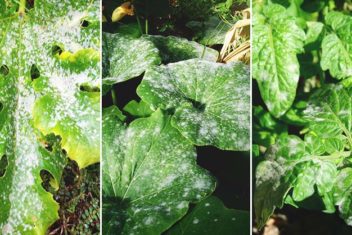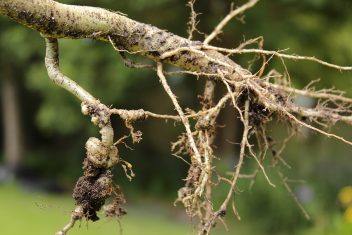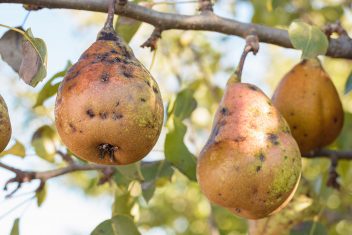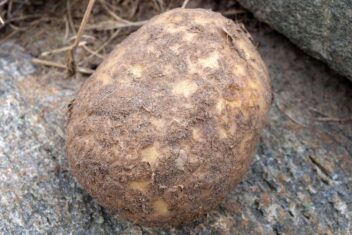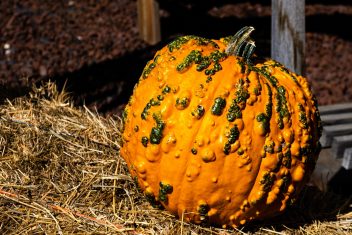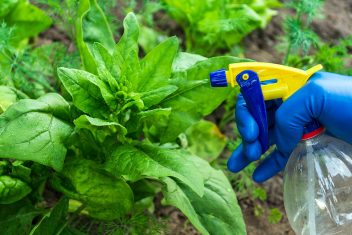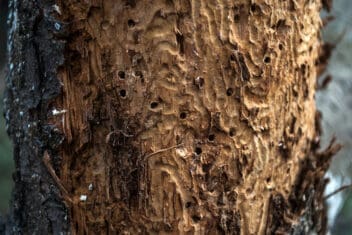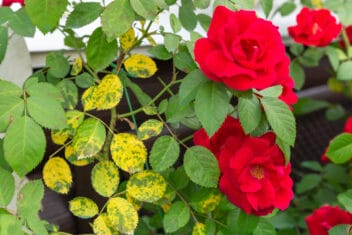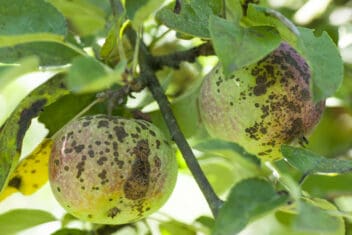If you notice that your tomatoes are rotting on the bottom, congratulations – you have blossom end rot. No, it’s not a reward, but rather one of the most common problems you’ll see on tomatoes, squash, and several other vegetables in your garden.
No one likes to see blossom end rot on their plants. After all your hard work, it can be upsetting to see inedible tomatoes hanging from the plant or rotten squash under the leaves.
It leaves you wondering what this disorder is and how can you prevent it from getting worse. Here’s what you need to know.
What Is Blossom End Rot?
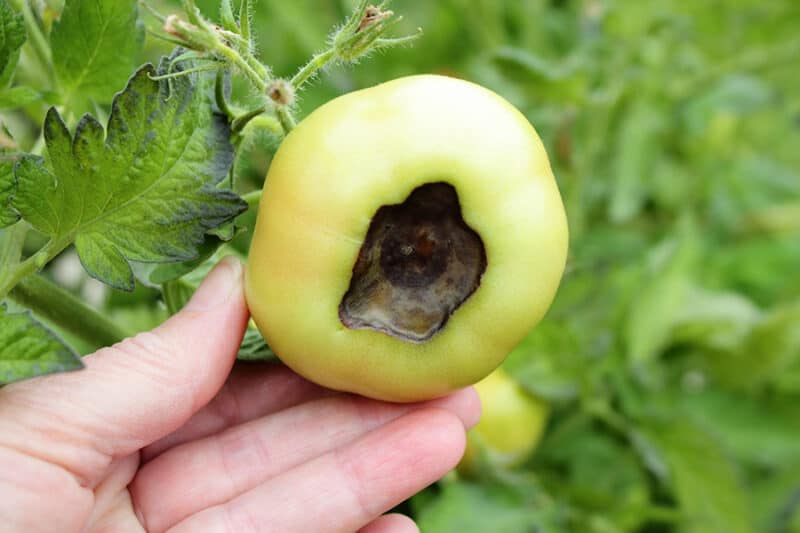
When your plants have blossom end rot, it’s a disorder that causes the tissue on the bottom end of the fruit to start to break down and rot. That leads to a lower quality of fruit and damages the yield of the plant.
This disorder is common in:
- Tomatoes
- Peppers
- Eggplants
- Squash
- Melons
Despite being a frustrating problem, it’s quite common in vegetable gardens. It’s important to note that it’s not caused by a fungus or a bacteria, so using a fungicide or insecticide won’t help.
Blossom end rot is caused by calcium deficiency, but adding calcium to your soil may not help either.
The Signs of Blossom End Rot
How do you know if your plants are suffering from this disorder?
Typically, it appears when the fruit is still green or just ripening. That means it affects the first fruits you’ll find on your plants.
It often starts with a small, water-soaked area on the blossom end of the fruit. That area is the opposite end of the stem. It usually starts off looking similar to a dark bruise, but it gets larger quickly. Not too long after, the spot becomes sunken and turns back or dark brown.
What Causes Blossom End Rot?
The main cause of blossom end rot is a calcium deficiency in the plant which can be caused by low calcium levels in the soil or soil that is either over or under-watered.
When soil experiences wide fluctuations of moisture, it makes it harder for plants to absorb the calcium needed from the soil. When a plant’s demand for calcium goes beyond the current supply, the tissue starts to break down, leading to blossom end rot.
Inconsistent watering isn’t the only cause of calcium deficiency during fruit formation. Other causes could be:
- Wrong soil pH
- Too much nitrogen fertilizer
- High salt levels in the soil
- Damage to the plant’s roots
- Soil too cold when planted
- Planting susceptible varieties
It’s not uncommon for the first tomatoes of the season to experience some blossom-end rot. Plants tend to have more stress during the first fruit set. It also can be more common in plants grown in containers because of the fluctuations of moisture.
Prevention Methods
While you cannot save fruits already affected by the rot, you can stop it from progressing further and damaging other fruits on your plants.
Instead, your goal should be to actively work to prevent it from developing at all. If you do end up with this problem in your garden, then you need to know how to stop it from getting worse.
Here’s what you need to know about preventing blossom end rot.
Pick The Right Cultivars
The first thing that you should do is to select vegetable types that are resistant to calcium deficiency. These cultivars are the ones less likely to show any symptoms of blossom end rot.
Finding resistant plants can be tricky, and it helps if you’ve kept a garden journal each year and recorded what you planted. There was a study by the University of Illinois, and they found these tomato varieties have a lower rate of blossom end rot:
- Winter
- Celebrity
- Jet Star
- Pik Red
- Mountain Pride
- Sunny
- Fresh Pack
On the other hand, some tomato varieties have a higher risk of this disorder:
- Big Boy
- Castle King
- Surprise
- Wonder Boy
- Whopper
Have a Watering Schedule
Here is the single most important piece of advice that you need to remember. Inconsistent watering is the main cause of calcium deficiency, so creating a consistent watering schedule is a vital part of the puzzle.
You need to water consistently and evenly. Don’t overwater if you missed a day; water the same that you do otherwise. Ensure the garden beds have plenty of good drainage. Water deeply and less frequently, rather than often and shallowly.
Most plants need around one inch of water per week per square footage. So, sprawling squash plants need more than a small eggplant.
Stick your fingers into the dirt near your plants. It needs to be moist 2-3 inches down.
Mulching is Vital!
Another aspect of keeping your plants well-watered is using mulch. Organic mulches help your soil retain moisture during dry periods.
You’re going to experience dry times; it happens. Heat waves can lead to soil drying out faster than you can water it.

Try spreading organic mulches over your garden bed. Not only does this help to suppress weeds so that you spread less time pulling them, but it keeps moisture in the soil and regulates soil temperature.
Examples of mulch that you can use include:
- Compost
- Grass clippings
- Shredded leaves
- Straw
Keep Your Soil Warm But Not Hot
The general rule of thumb is that you want nighttime temperatures to be above 55°F when you plant your seeds or seedlings. You can check this with a soil thermometer.
If your soil temperatures aren’t high enough, you can cover your planting area with black plastic or wait until the temperatures naturally get higher.
Test Your Soil
It’s a good idea to periodically check your soil to determine if it has sufficient calcium levels. New, store-bought soil will have plenty of calcium, but as it gets older, the levels may be depleted.
What can you do if a test confirms your soil has a calcium deficiency?
Add organic sources of calcium, such as:
- Lime
- Bonemeal
- Finely crushed eggshells
- Oyster shell
- Gypsum
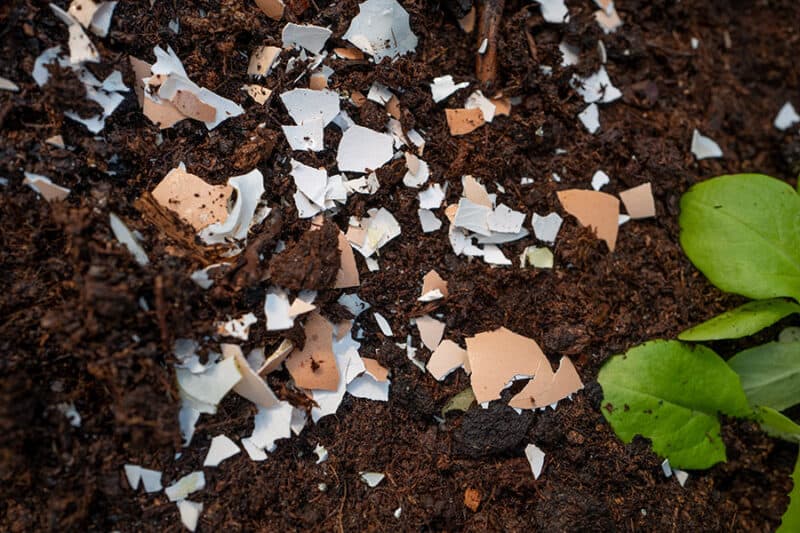
Another option is to try foliar applications of liquid calcium. You add 1-2 tbsp per one gallon of water. Liquid calcium can be used to correct or prevent calcium deficiency, though it isn’t as effective as soil applications.
Combining it with a natural surfactant increases adhesion and stops it from running off of the leaves.
You also need to check your soil’s pH range regularly, especially if you use lime as a calcium source. Lime is acidic, and using it can create an environment that is uninhabitable by many plants.
The ideal pH range for most vegetable plants is 6.5, which is very slightly acidic.
Just remember that you can add all the calcium in the world, but if the plant isn’t getting the right amount of water or if the soil pH is off, your plant won’t be able to access that calcium.
Having the right amount of calcium in the soil is merely laying the foundation.
Avoid Overfertilization
Since this disorder is caused by a calcium problem, a natural reaction would be to fertilize your plants more. If humans need more calcium, we add more to our diet and grab a calcium supplement.
That should work for plants as well, right?
Nope! In most cases, your soil has plenty of calcium, but your plants struggle to absorb enough of it. If you add more fertilizer, you’re also adding more nitrogen, magnesium, and potassium, which can make blossom end rot worse.
Avoid adding too much nitrogen to your soil because it can accelerate growth but also reduce the intake of calcium by your plants.
Be Gentle With The Roots
Any damage to the roots can affect how they absorb water and nutrients. So, you need to be sure you avoid digging or disturbing the soil near the roots.
One of the biggest culprits is when you stake your tomato plants. I know I’ve forgotten and staked when my plants are too large. Staking when they’re young is ideal because you’re less likely to disturb the roots.
Will Epsom Salt Help?
You might have seen Epsom salt recommended as a cure for all tomato problems, but that’s so far from the truth. While it can be helpful to increase magnesium levels, Epsom salt does not work for ending or preventing blossom end rot. In fact, it can make it worse!
Epsom salt is primarily magnesium sulfate and it contains no calcium. Extra magnesium in your soil can make a calcium deficiency worse.
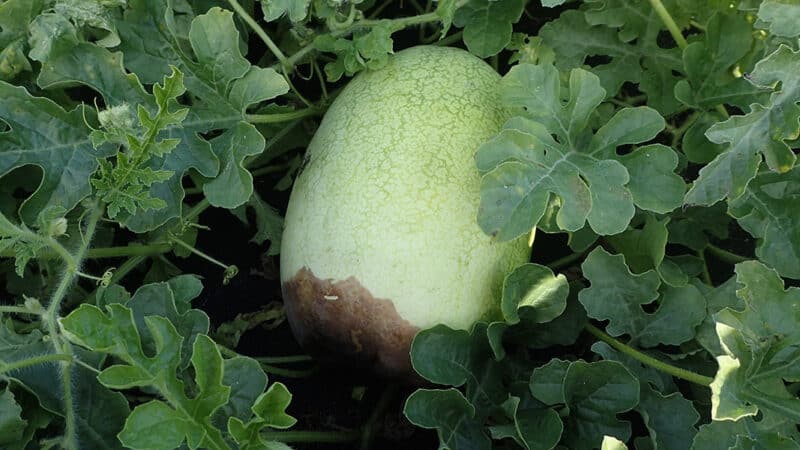
Unfortunately, blossom end rot is something that all gardeners deal with from time to time in their garden. By using a consistent watering schedule, adjusting soil pH, and using calcium sources when calcium levels are verified to be too low, you can prevent this disorder from ruining your harvest.
